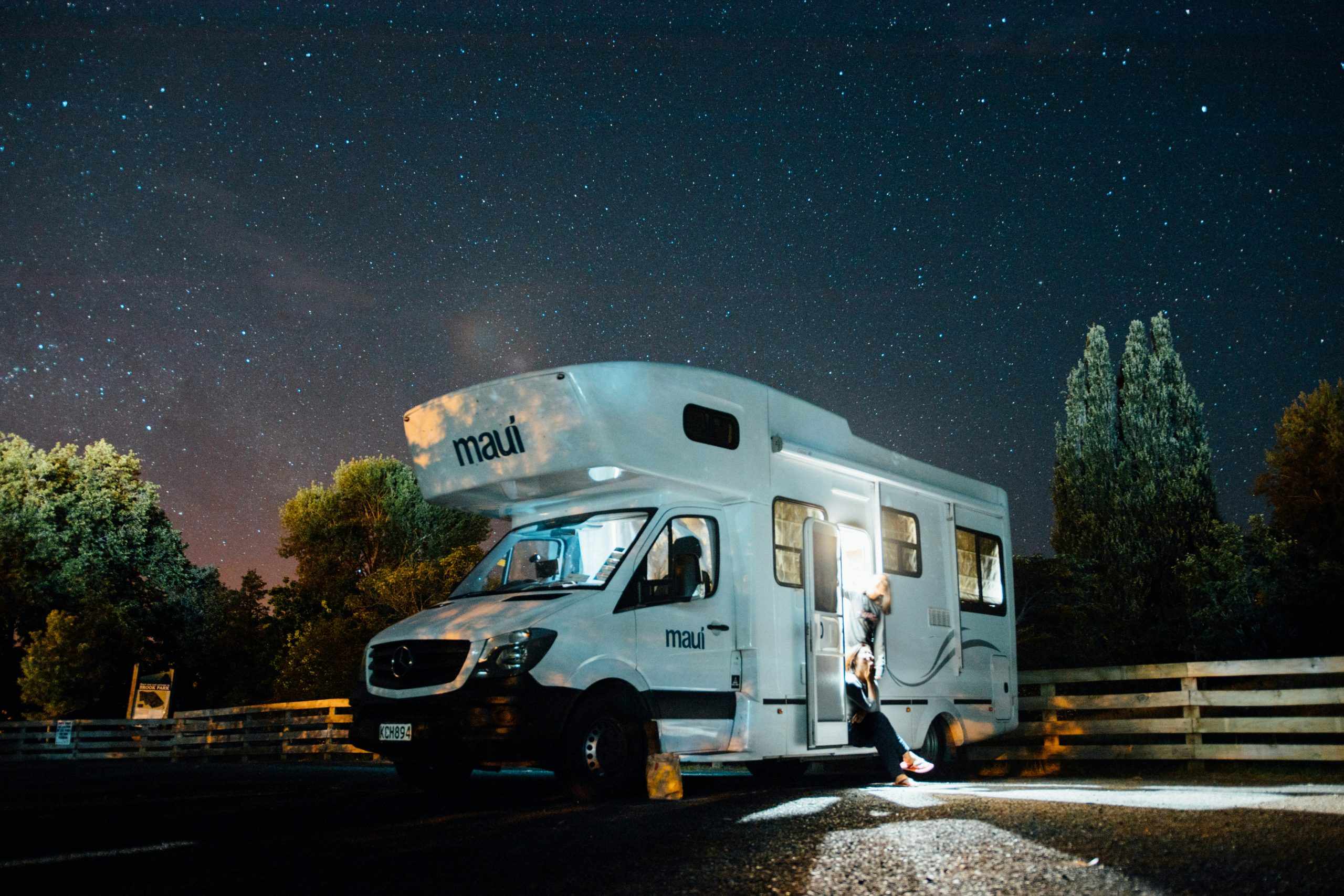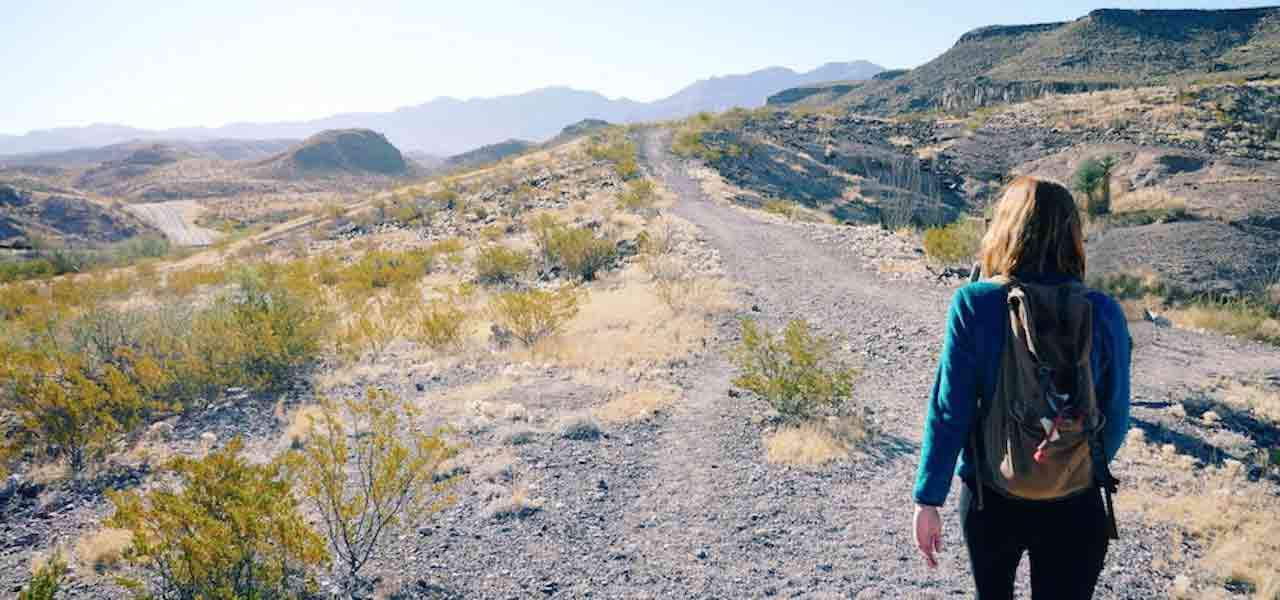Much has already been said and written about the effects the federal government shutdown is having on America’s national parks. Without rangers and maintenance staff on duty, news outlets and social media are abuzz with reports of injured hikers, overflowing garbage cans, unmanaged human waste, and damaged natural resources. It is unprecedented for the parks to remain open during a government shutdown and NPS staff and volunteers are scrambling to manage visitors and minimize damage.
Several parks have already been closed due to public safety concerns related to garbage and human waste, while others are unable to maintain roads in bad weather and have also locked the gates.
A handful of parks are able to maintain some visitor services due to funding from states or non-governmental organizations, but the majority are operating on a skeleton staff. The list of closed parks is expected to grow the longer the shutdown lasts, and many continue to advocate for closing all national parks until employees are back on the job.
In the meantime, one way that private citizens can help preserve the parks is to avoid them altogether during the shutdown—as each person in the park adds to the strain on resources.
Avoiding national parks, however, doesn’t have to mean avoiding outdoor adventures. State and local parks continue to operate as usual, and often visitors can explore natural environments similar to nearby national parks.
While we wait for politicians in Washington to sort out their differences, try taking one of these national park detours—who knows, maybe you’ll discover a new favorite spot.

The National Park: Big Bend National Park, Texas
The Detour: Big Bend Ranch State Park
With rugged mountains, steep canyons, and amazing views, Big Bend National Park is famous for its natural beauty along the Rio Grande in southwest Texas. Big Bend Ranch State Park, located west of the national park, offers visitors a similar high desert experience.
Park features: They say everything is bigger in Texas, and this is the largest state park in Texas. There are plenty of trails for hiking, mountain biking, or horseback riding. The Rio Grande River is a landmark. The park is also designated as an International Dark Sky Park.
What to see and do: Head to the Puerta Chilicote trailhead and hike along the western rim of Fresno Canyon. Take a scenic drive along River Road and park after dark at the West Contrabando trailhead for some amazing stargazing.
Camping options: Drive-up primitive campsites are available, but road conditions make them inaccessible for many RVs. Water, showers and restrooms are available at the visitor center, but not in the camping areas. No dump stations available.
Fees: Day use fee is $5 per person ages 13+ (children 12 and under are free). Primitive campsites are $12/night + day use fees.

The National Park: Joshua Tree National Park, California
The Detour: Anza Borrego Desert State Park
Joshua Tree National Park has received a lot of attention in the press for the struggles its staff and volunteers have faced during the shutdown. It is one of the parks that is temporarily locking its gates. While one feature of the park is the namesake Joshua trees, this park is also a favorite for its desert vegetation and fascinating rock formations. Anza Borrego Desert State Park offers a similar desert environment for visitors to explore.
Park features: Anza Borrego Desert is an International Dark Sky park. It also is known for its beautiful, rugged terrain caused by eroding mountains.
What to see and do: Take a driving tour through the badlands area of the park. Hike a section of the Pacific Crest Trail and stay after dark to stargaze.
Camping options: Campgrounds are available for RVs up to 35 feet in length. Electric and water hookup sites are available, as is a dump station.
Fees: Day-use fee: $10 per vehicle. Camping $25/night + reservation fee for a no hookup site

The National Park: Redwood National Park, California
The Detour: Redwoods State Parks
Redwood National Park is affected by the shutdown, but because the park exists in cooperation with three state parks, visitors can still have an excellent experience of the Redwood forests of northern California. The three state parks: Prairie Creek Redwoods, Jedediah Smith Redwoods and Del Norte Coast Redwoods state parks are open and operating as usual.
Park features: All three parks protect miles of hiking trails through old-growth redwood forests. There are also Pacific beaches, and opportunities for fishing, snorkeling, and bird watching.
What to see and do: Hike from the redwoods to the sea on the Damnation Creek trail. Take a scenic drive through the heart of the forest on Howland Hill Rd. Go kayaking or snorkeling on the Smith River.
Camping options: All three state parks have campgrounds, but the maximum RV length ranges from 25 to 28 feet.
Fees: Day use fee of $8/vehicle. Camping fees vary by park, site amenities, and season.

The National Park: Acadia National Park, Maine
The Detour: Camden Hills State Park
Acadia is one of the top 10 most visited national parks in the country. Visitors are drawn to the beauty of its rocky cliffs and Atlantic coastline. Camden Hills State Park is west of the national park, on the opposite shore of the Penobscot Bay.
Park features: Varying by season, the park offers hiking, horseback riding and mountain biking as well as snowmobiling, snowshoeing and cross-country skiing.
What to see and do: Drive or hike to the top of Mt. Battie for spectacular views of Penobscot Bay and several nearby islands. On a clear day, you can also see Cadillac Mountain at Acadia National Park.
Camping options: The campground offers sites without hookups and sites with water/electric hookups. Sites range in size from small tent sites up to larger sites that accommodate RVs over 35 feet. Some sites can be reserved. Dump station, restrooms and showers available.
Fees: Day-use fees per person: Ages 12 and up: $4 (Maine resident), $6 (non-resident); Seniors over age 65 (non-resident) and children age 5-11: $1; Seniors (Maine residents) and children under 5: free. Camping: $35/night for a no hookup site, $45 for water/electric site; (Maine residents subtract $10).

The National Park: Shenandoah National Park, Virginia
The Detour: Douthat State Park
Shenandoah National Park is another on the list of parks that have closed most of their facilities for the duration of the shutdown, include 40 miles of the famed Skyline Drive. Visitors hoping to explore the Appalachian mountains in western Virginia can detour to Douthat State Park, located southwest of the national park, west of Interstate 81. While in the area, visitors can also consider a stop at Natural Bridge State Park.
Park Features: Breathtaking mountain scenery, creeks and streams, and beautiful Douthat Lake. There are over 40 miles of trails for hiking, horseback riding, and mountain biking. The lake is stocked with trout for fishing, and several miles of stream fishing is also available.
What to see and do: Try the Stony Run trail or the Blue Suck Falls trail, which winds past waterfalls and up to the Tuscarora Overlook. End your hike early enough to enjoy dinner as the sun sets over the lake at the Douthat Lakeview Restaurant.
Camping options: Several campgrounds offer standard and water/electric campsites that can accommodate RVs up to 40 feet in length. Both 30 and 50 amp service is available in the w/e sites. A dump station is also available.
Fees: Day use fee is $5 per vehicle, up to 8 passengers. A standard campsite is $31/night, and a site with electric and water hookups is $35/night for non-Virginia residents. (Virginia residents save $5.)

The National Park: Everglades National Park, Florida
The Detour: Fakahatchee Strand Preserve State Park
Everglades National Park and it’s sister parks, Big Cypress National Preserve and Biscayne National Park, protect the unique ecosystem found in the southernmost part of Florida. The Everglades area is home to plant and animal wildlife that can be found nowhere else on earth. The government shutdown is occurring during the peak season for visiting the Everglades, and many travelers are left stranded. Few are aware that along the western border of Everglades National Park and Big Cypress National Preserve is the Fakahatchee Strand Preserve State Park.
Park features: The park allows visitors to experience the same type of ecosystem that the national park protects. Explore the sloughs, swampy cypress forests where crocodiles dwell, and the mangrove areas that the manatees call home.
What to see and do: Walk along the Big Cypress Bend boardwalk through pristine swamplands out to an alligator pond and observation deck. Explore the waterways by canoe or drive along the Janes Memorial Scenic Drive.
Camping options: There is no campground in the park. Private campgrounds are available in nearby Everglades City.
Fees: $3 per vehicle (up to 8 people)

The National Park: Gulf Shores National Seashore, Florida/Mississippi
The Detour: Gulf State Park, Alabama
The beaches of the islands and peninsulas on the Gulf Coast of Mississippi and the Florida panhandle are protected by the two branches of the Gulf Shores National Seashore. The strip in between in Alabama is owned and operated as a state park. Travelers aiming for sun and sand in the winter months can find what they’re looking for at Gulf State Park in Alabama.
Park features: Along the Gulf, there are two miles of white sand beaches with a long fishing pier. There are hiking and biking opportunities, a swimming pool, a lake, a nature center and a schedule full of activities.
What to see and do: Rent a bike from the camp store and explore the paved Hugh S. Branyon backcountry trail. Catch a nature program at the nature center, or just relax and enjoy the beach. Then grab a bite to eat at the ByWater Beachside Restaurant on the Pier.
Camping options: The Gulf State Park campground is just 1.5 miles from the beach and offers nearly 500 full hookup sites with paved RV pads.
Fees: Day use fees: $6 per vehicle to access beaches. $3 sightseeing pass for the pier, $6 fishing pass for the pier. Campsites start at $49 per night, which includes free access to the park and sightseeing on the pier.
The National Park: Great Smoky Mountains National Park, Tennessee/North Carolina
The Detour: South Mountains State Park, North Carolina

Over 11 million people visited Great Smoky Mountains National Park in 2017, making it the most visited national park in the U.S. with wide margins. The park is loved for its trails, streams, waterfalls, and beautiful scenery. South Mountains State Park offers similar options. It is located east of the national park and is easily accessed from Interstate 40.
Park features: Hiking, fishing, mountain biking, equestrian trails and picnic areas are all available. The park boasts 3,000-foot peaks and an 80-foot waterfall.
What to see and do: Explore the trails up to Benn Knob Peak, Chestnut Knob Overlook or High Shoals Falls.
Camping options: 18 RV campsites available, 2 with electric hook ups. Water and hot showers are available. No dump station.
Fees: No fees for day-use. Non-electric campsites: $15-23. Electric campsites: $18-28.
***
We love the National Park Service and all the amazing natural treasures it protects and hope that conditions in our national parks will return to normal soon. In the meantime, the shutdown gives us a great excuse to explore some lesser-known state parks and discover new favorite places for outdoor adventures. Let’s focus on the positive and keep exploring.








